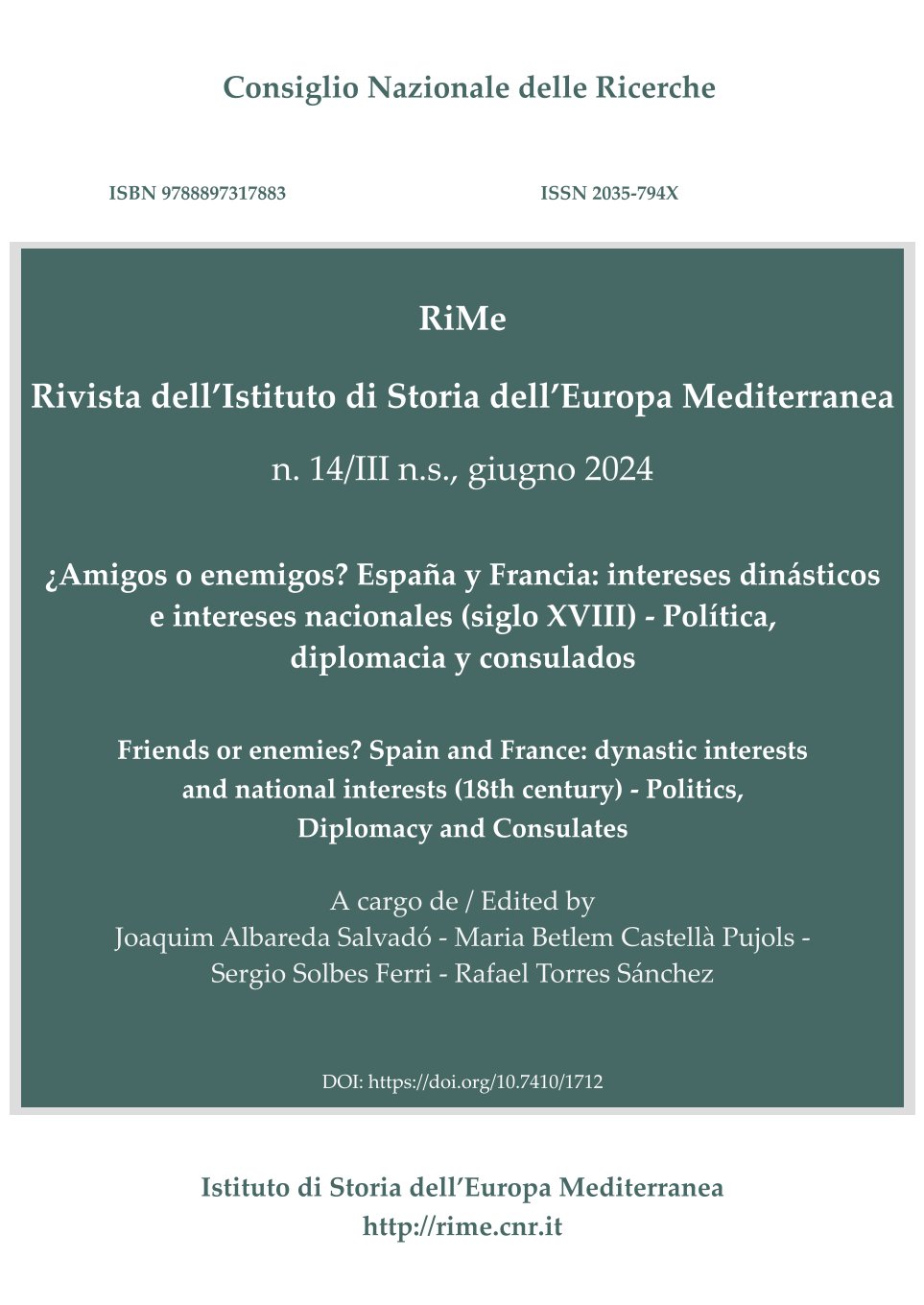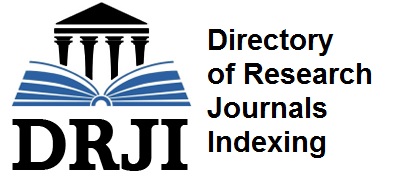El duque de Medinaceli y el partido español (1709-17010)
The Duke of Medinaceli and the Spanish party (1709-1710)
Abstract
The "partido español" that pretend to build its own political agenda vis-à-vis France experienced a decisive rise in 1709 and 1710, during the conversations of The Hague and Geertruidenberg. Two characters led that policy: on the one hand, the Count of Bergeyck, who advocate of negotiating with Holland and Great Britain to achieve a separate peace in exchange for commercial compensation in the Indies; on the other hand, the Duke of Medinaceli, foreign minister, until he was arrested and imprisoned in the castle of Segovia, accused by Philip V of conspiracy.
El “partido español” que pretendía forjar una agenda política propia ante Francia experimentó un auge decisivo en los años 1709 y 1710, durante las conversaciones de La Haya y Geertruidenberg. Dos personajes lideraron aquella política: por una parte, el conde de Bergeyck, partidario de negociar con Holanda y Gran Bretaña para lograr una paz separada a cambio de compensaciones comerciales en las Indias; por otra, el duque de Medinaceli, ministro de exteriores, hasta que fue detenido y encarcelado en el castillo de Segovia, acusado por Felipe V de conspiración.

This work is licensed under a Creative Commons Attribution-NonCommercial 4.0 International License.
Authors who publish with this Journal agree to the following terms:
Authors retain copyright and grant the Journal right of first publication with the work simultaneously licensed under a Creative Commons Attribution-NonCommercial 4.0 International License.
This Journal permits and encourages authors to post items submitted to the Journal on personal websites or institutional repositories both prior to and after publication, while providing bibliographic details that credit, if applicable, its publication in this Journal.

















